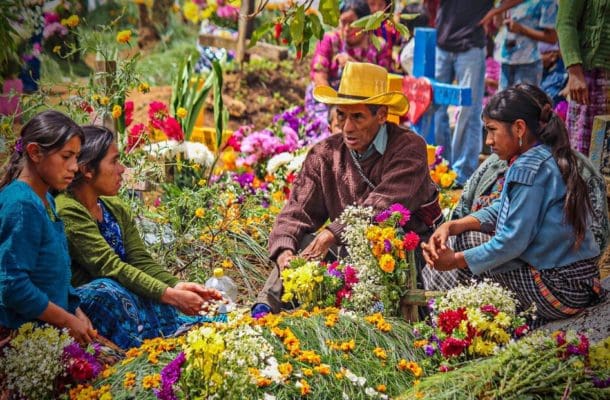Theraputic Massage in Lake Atitlan Resort
Pamper yourself with a theraputic massage at Los Elementos Day Spa. Enjoy a massage with th...
Not only the most famous market in Guatemala, Chichicastanengo is also the largest traditional market of textiles and handicrafts in all of Central America - yes, really!
This mystical and colorfully-adorned ancient market is one of the most notorious attractions for good reason. Chichicastenango is a living museum of Guatemala's traditions, reflecting the diversity of its people and regions.
Interacting with local vendors and artisans provides a deeply memorable and personal connection to the culture and people of Guatemala. What’s more, by visiting Chichicasteango, you also support the continuation of these traditional crafts and practices.
We’re convinced that a visit to Chichicastenango should be on every traveler’s bucket list - but in case you have any doubt - in this blog, we explain the magic of this Central American gem, what to expect if you visit, plus expert travel advice and tips for making the most out of your visit.
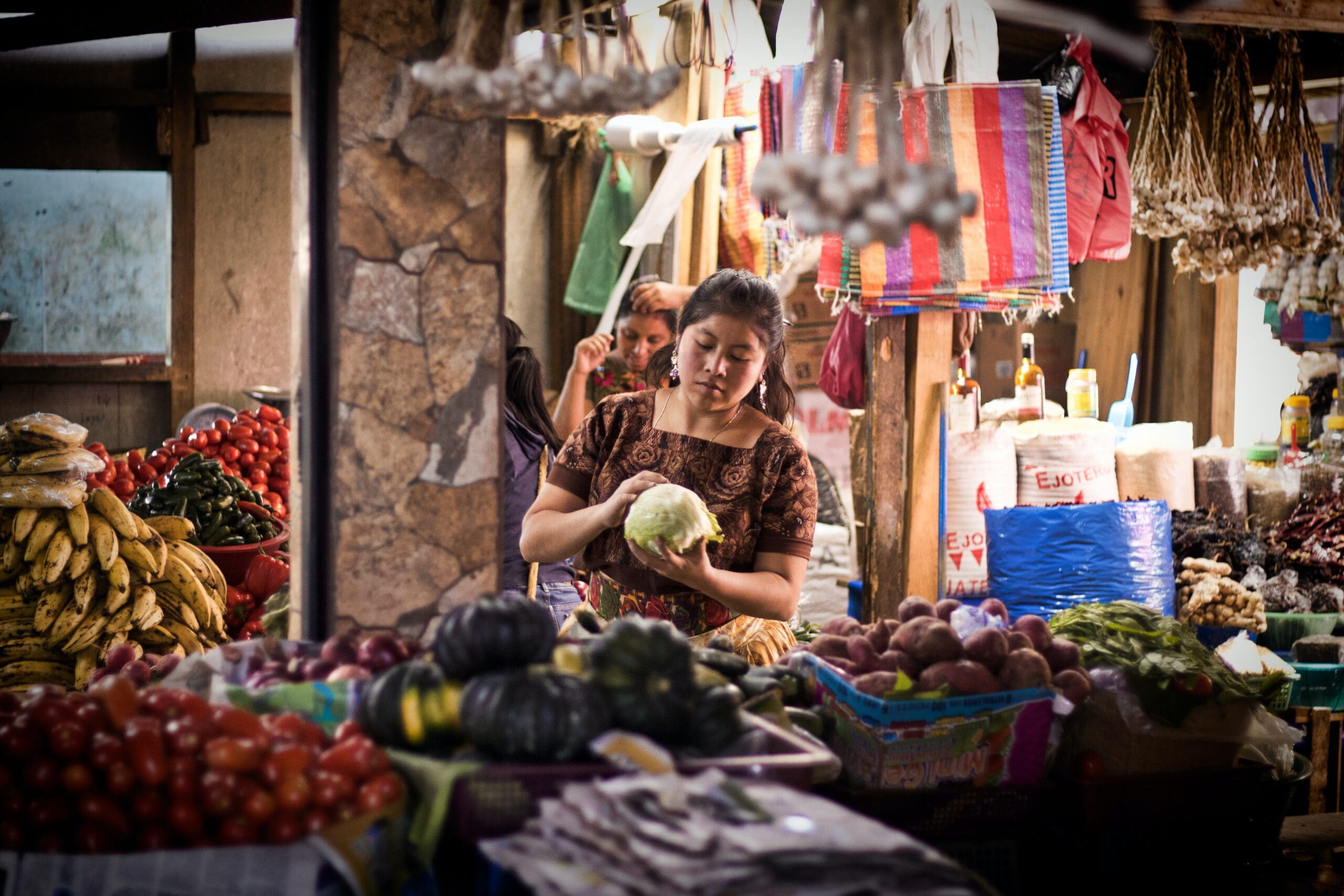
But, the first thing you absolutely must know about Chicicastenango is what happens at this chaotic street market and why it is so famous versus the many other markets in Central America.
From intricate textiles to bright fruits, vegetables, and flowers, the produce on sale fills the bustling streets with a kaleidoscope of colors worthy of a postcard. In fact - you will find many postcards with this exact scene in the souvenir stores that are dispersed throughout Guatemala’s popular cities and tourist attractions.
You will be amazed by the religious blend that exists, where colonial Spanish Catholicism, modern evangelism, and ancient Mayan tradition, blend in a uniquely harmonious fashion. It is deeply moving to watch a Mayan shaman engulfed by incense and surrounded by flowers, praying to a catholic God and at the same time practicing ancient Mayan rituals, all in an old Spanish colonial Cathedral.
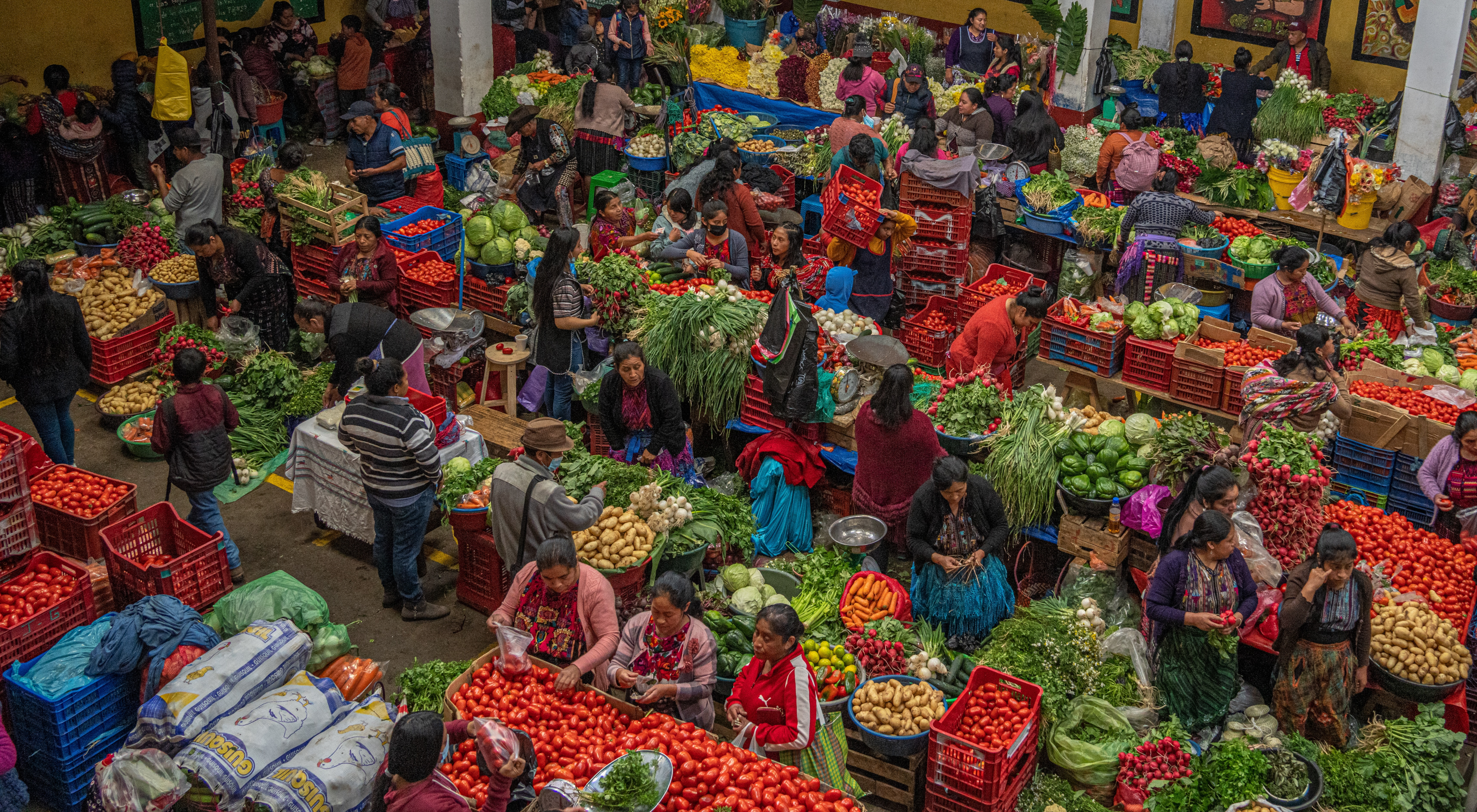
The name "Chichicastenango" is derived from the Nahuatl language, spoken by the Aztecs. It means "Place of the Nettles" (with "chichicas" meaning nettles and "tenango" meaning place of). This name was given by the Nahuatl-speaking Mexicas who conquered the region before the arrival of the Spanish.
The local Mayan language spoken in Chichicastenango is K'iche' (Quiché). K'iche' is one of the many Mayan languages spoken in Guatemala and the Chichicastenango market has been a central trading hub for the K'iche' Maya people for centuries. It's one of the oldest continuously operating markets in the Americas, with its origins tracing back to pre-Columbian times.
The K'iche's are very proud of their heritage and ancient traditions. Each community has its patron saint festivals “cofradias” (brotherhoods) and religious customs, which are mixed with pre-hispanic rites and Spanish religious ceremonies. They maintain strong bonds with their traditions, customs, and have great respect for the elderly.
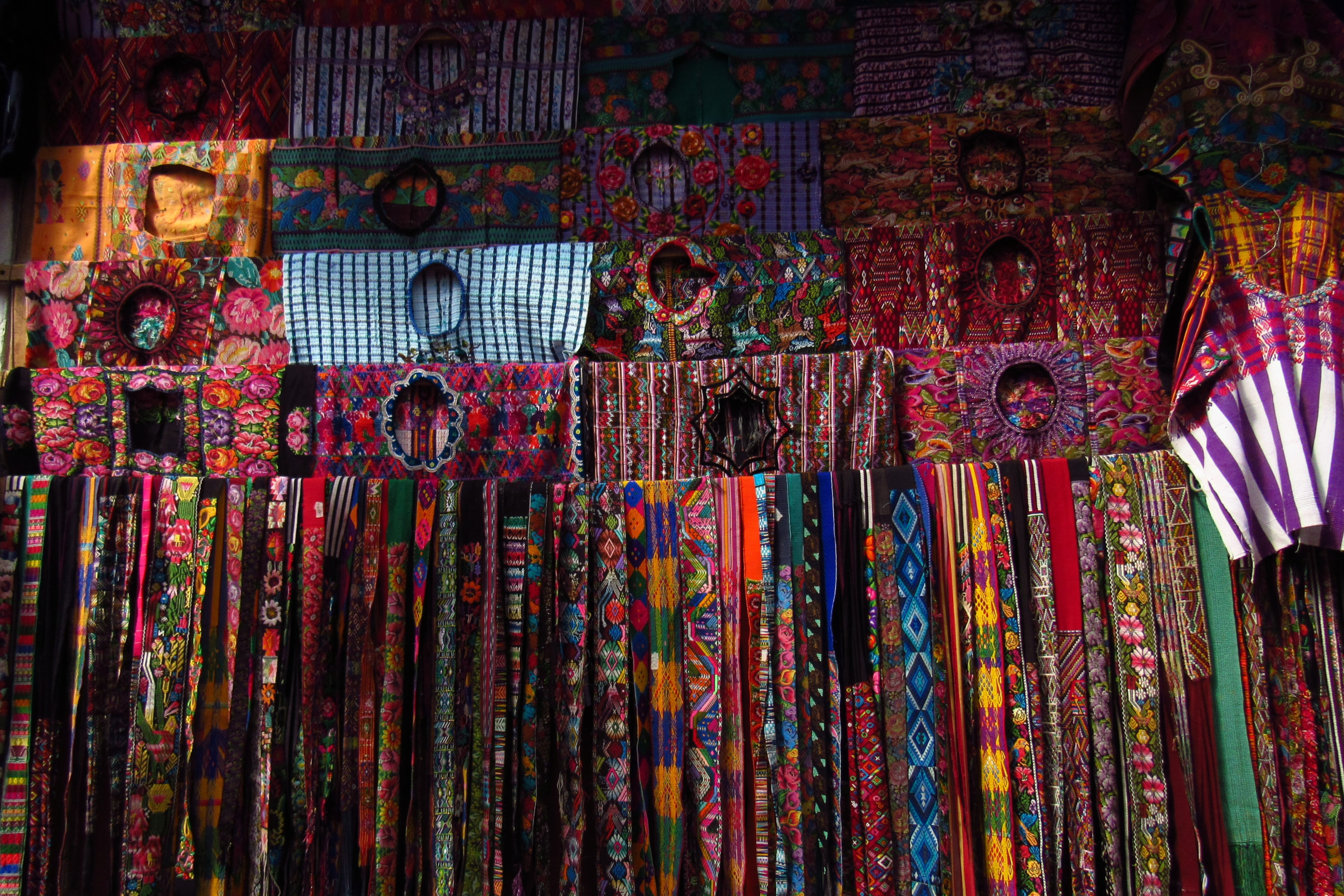
At this bi-weekly event, traditionally dressed villagers come to sell all kinds of goods including medicinal plants, handicrafts, pottery, wooden boxes, machetes, and other tools. It is also not uncommon to see live animals for sale at the market, such as pigs or chickens.
Although parts of the market a very commercial, there is much mysticism in the air. You can expect to find many culturally symbolic and local goods on sale, such as pom and copal (traditional incense) or cal (limestones for preparing tortillas), since Chichicastenango is after all a marketplace for the use of Mayan people.
Look out for the long, thin candles used for traditional Mayan ceremonies, where each color represents a unique quality such as “prosperity”, “health”, or whatever the buyer is seeking to obtain in their lives.
In Chichicastenango at the central part of the market plaza are small eateries (comedores), where you can taste locally produced dishes and snacks.
One of the most popular street foods to try are "pupusas." These are thick, handmade corn tortillas filled with various ingredients such as cheese, beans, chicharrón (pork), or a combination of these. Pupusas are often served with a side of curtido (a tangy cabbage slaw) and a mild tomato sauce.
Another popular street food includes "tostadas," which are crispy tortillas topped with ingredients like guacamole, refried beans, and salsa.
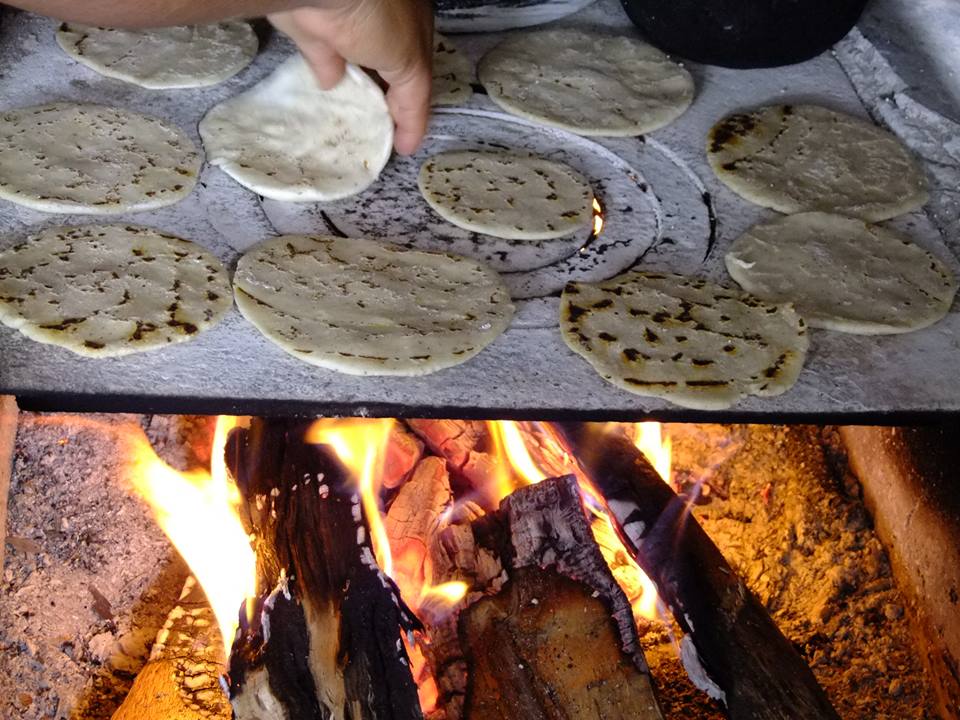
Visit Chichicastenango market on a Thursday to experience the market at its most vibrant, as it's one of the two official market days (the other being Sunday). Thursdays might be slightly less crowded than Sundays, offering a more relaxed experience while still capturing the market's full vitality.
The amount of time you need when visiting the Chichicastenango market can vary depending on your interests, but generally, a full day is recommended to properly experience the market. This allows you time to explore the stalls, take in the sights and sounds, enjoy some local food, and perhaps visit the Santo Tomás Church or the nearby Mayan ruins.
If you're particularly interested in delving deeper into the local culture or want to explore the town beyond the market, an overnight stay could be worthwhile.

Only a 40km drive away, the Lake Atitlán village of Panajachel is an ideal place to stay if you wish to visit Chichcicastengo. The scenic beauty of the lake, surrounded by volcanoes and traditional Maya villages, adds a serene backdrop to your explorations. The area also offers a range of accommodations and amenities to suit any traveler's needs, making it a comfortable and convenient hub for your market adventures.
Chichicastenango is generally safe for visitors. However, as with any crowded place, it's important to be mindful of personal belongings and practice common-sense safety precautions. Pickpocketing can happen in busy areas, so keeping valuables secure and being aware of your surroundings is advised. The market is well-accustomed to tourists, and local authorities and vendors are typically helpful and welcoming.
Yes, bargaining is common at the Chichicastango market, but it should be done respectfully and within reason. Start by offering a lower price than asked, but be prepared to meet the seller halfway. It's important to remember that many vendors rely on these sales for their livelihood, so while it's acceptable to negotiate, it should always be done with respect for the value of the work and products.
Cash is king at Guatemala street markets, and it's the preferred — often the only — payment option for most vendors. It's advisable to carry small denominations of the local currency (Guatemalan Quetzales) to make transactions smoother. Credit cards are rarely accepted, if at all, especially by the smaller stalls and local artisans. There are ATMs in Chichicastenago, but it's a good idea to withdraw cash before you get to the market to avoid any inconvenience.
Booking a guided tour of Chichicastenango will help you to navigate the bustling market safely, plus, with the knowledge of a local guide, you’ll deep dive into the craftsmanship behind the textiles, the significance of the items sold, and even the spiritual aspects of the market.
For only $40 per person, Kayak Guatemala's expert guides will show you the lesser-known spots within the market and the surrounding area. We have over 300 5-star reviews on TripAdvisor for good reason!
--> Book a guided tour of the Chichicastenango market with Kayak Guatemala.
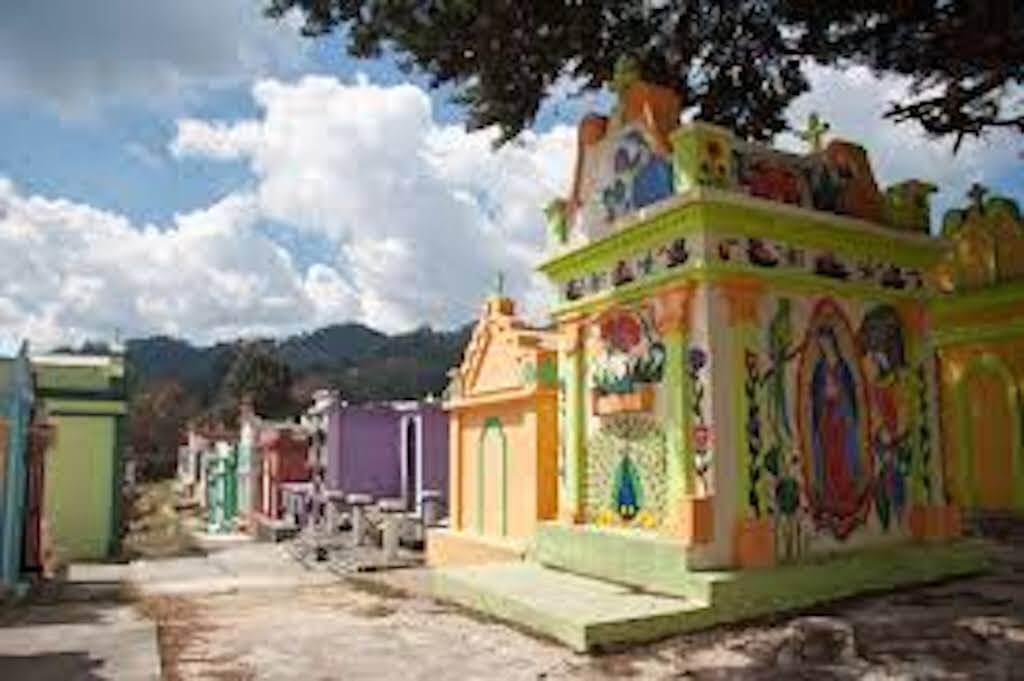
Kayak Guatemala is Lake Atitlan’s #1 base camp for exploration and adventure, offering activities like epic volcano hikes, family kayak tours, cooking classes, and village-to-village boat and walking tours. We employ and upskill local people, plus a portion of our profits goes towards an NGO that works hard to alleviate poverty in Lake Atitlan.
For more help with planning your trip to Lake Atitlan, check out Lake Atitlan Itinerary: 8 Lake Atitlan Villages To Visit & What Not To Miss or our 3-Week Guatemala Itinerary & Backpacking Travel Guide.
